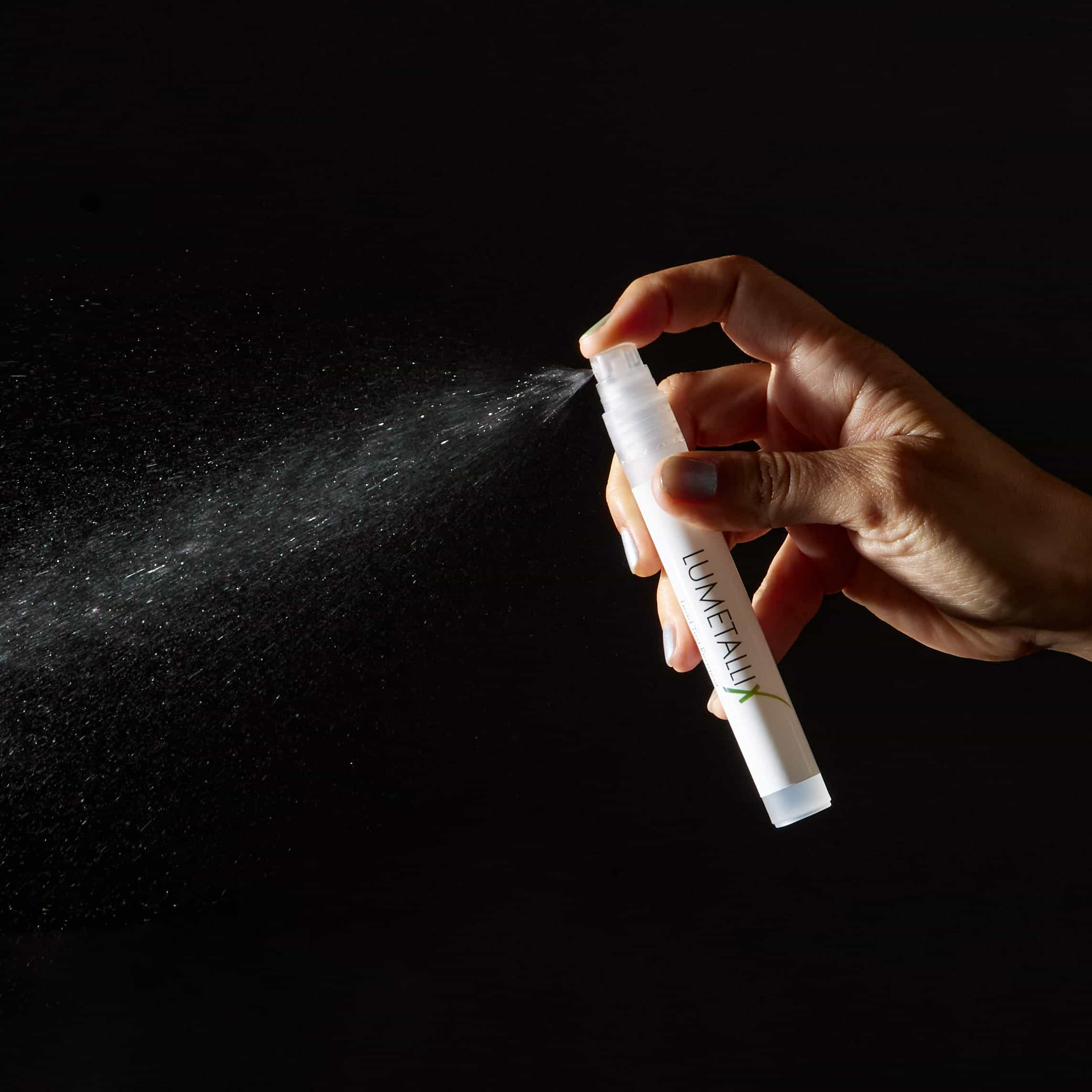AMOLF researchers have used the special properties of perovskite semiconductors to develop a simple spray test to demonstrate the presence of lead. Perovskite is a material suitable for use in LEDs and solar cells, for example.
Revolutionary Lead Detection with Perovskite Semiconductors
A lead-containing surface shines bright green when it is sprayed with the test. This test is 1000 times more sensitive than existing tests and the researchers found no false positive or false negative results. The study was published on November 27th in the scientific journal Environmental Science and Technology.
“It is a really cool project and it is quite rare for fundamental research to literally impact the entire world with an application.”
“We have hijacked the technology of perovskite semiconductors and used it in a widely deployable lead test. Nobody in this discipline had ever thought of that,” says Lukas Helmbrecht, researcher at the group Self-Organizing Matter led by Wim Noorduin at AMOLF. “We are very pleased with these results,” says Noorduin.
Read the full article on amolf.nl


 Lumetallix B.V.
Lumetallix B.V.
